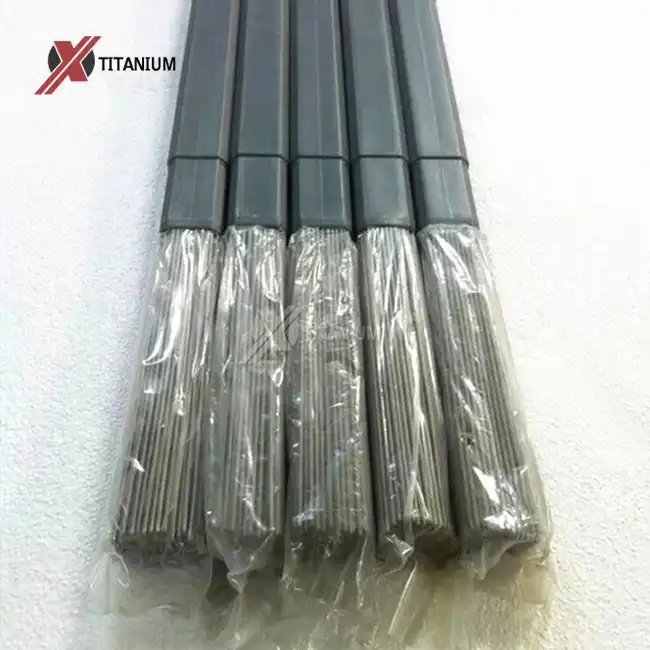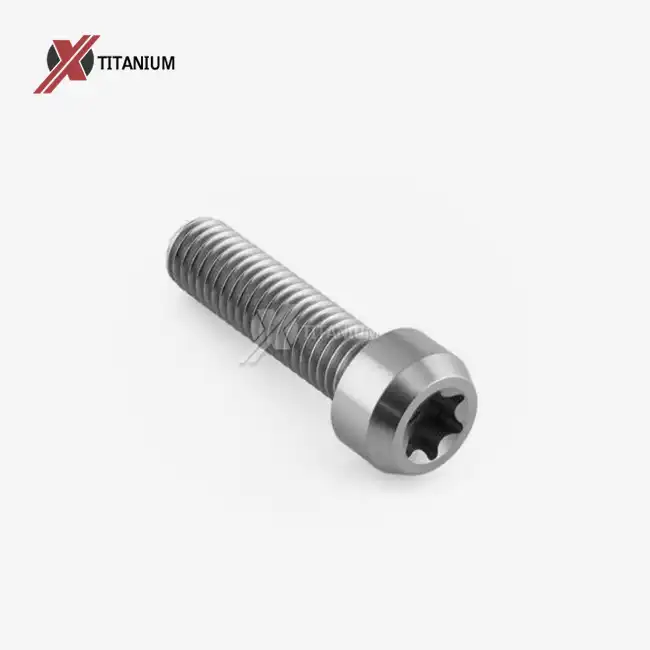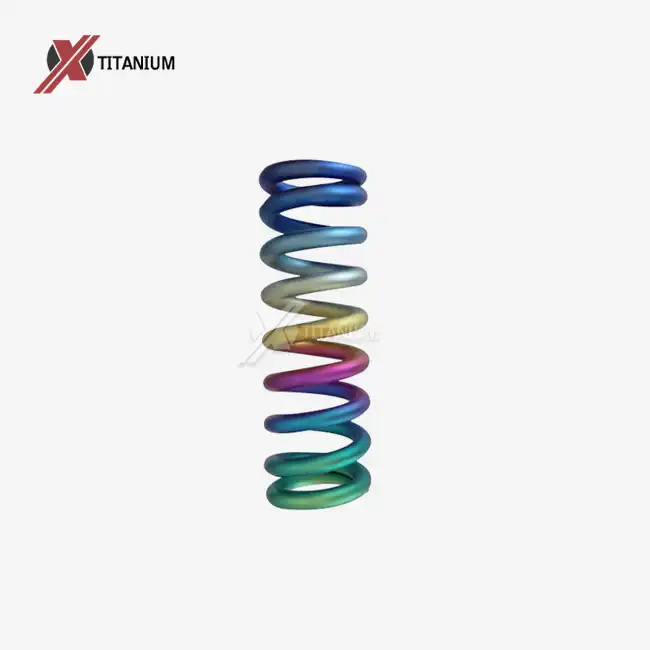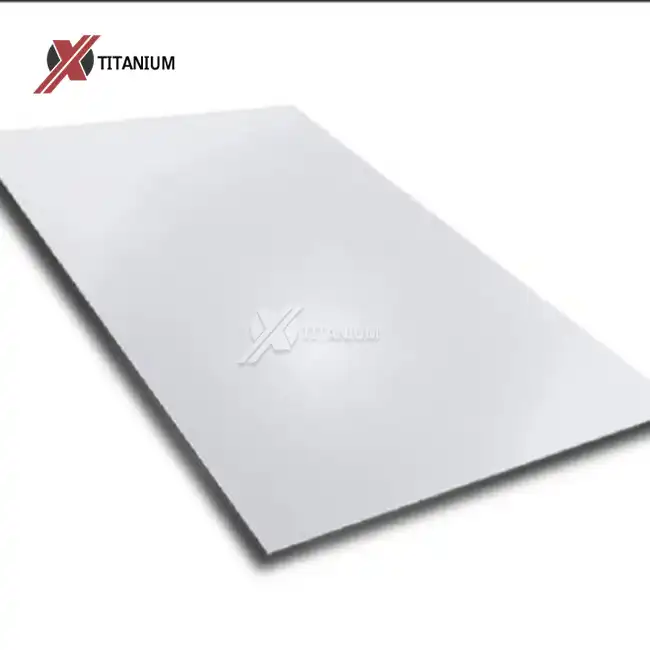- English
- French
- German
- Portuguese
- Spanish
- Russian
- Japanese
- Korean
- Arabic
- Greek
- German
- Turkish
- Italian
- Danish
- Romanian
- Indonesian
- Czech
- Afrikaans
- Swedish
- Polish
- Basque
- Catalan
- Esperanto
- Hindi
- Lao
- Albanian
- Amharic
- Armenian
- Azerbaijani
- Belarusian
- Bengali
- Bosnian
- Bulgarian
- Cebuano
- Chichewa
- Corsican
- Croatian
- Dutch
- Estonian
- Filipino
- Finnish
- Frisian
- Galician
- Georgian
- Gujarati
- Haitian
- Hausa
- Hawaiian
- Hebrew
- Hmong
- Hungarian
- Icelandic
- Igbo
- Javanese
- Kannada
- Kazakh
- Khmer
- Kurdish
- Kyrgyz
- Latin
- Latvian
- Lithuanian
- Luxembou..
- Macedonian
- Malagasy
- Malay
- Malayalam
- Maltese
- Maori
- Marathi
- Mongolian
- Burmese
- Nepali
- Norwegian
- Pashto
- Persian
- Punjabi
- Serbian
- Sesotho
- Sinhala
- Slovak
- Slovenian
- Somali
- Samoan
- Scots Gaelic
- Shona
- Sindhi
- Sundanese
- Swahili
- Tajik
- Tamil
- Telugu
- Thai
- Ukrainian
- Urdu
- Uzbek
- Vietnamese
- Welsh
- Xhosa
- Yiddish
- Yoruba
- Zulu
How Do Titanium Button Head Bolts Improve Performance and Reduce Maintenance Costs?
Titanium button head bolts are increasingly becoming the fastener of choice across industries that demand both high mechanical performance and long-term reliability. But what’s driving this shift away from conventional fasteners? In a world where durability, efficiency, and safety are non-negotiable, these precision-engineered bolts are solving problems many didn’t even know existed.
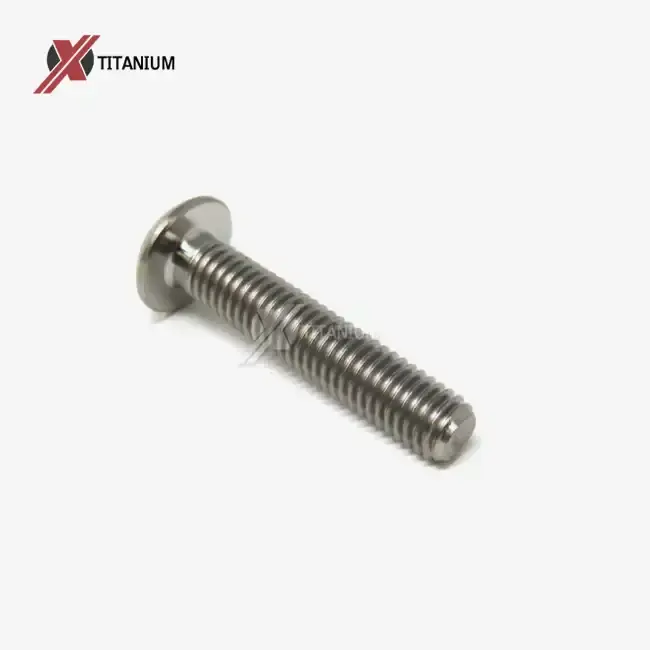
Why Are Titanium Button Head Bolts Used in Extreme Environments?
Titanium is no ordinary metal. Its ability to endure harsh, high-pressure, and corrosive conditions makes it the material of choice for applications ranging from deep-sea missions to orbital satellites.
1. High Corrosion Resistance
In environments where traditional carbon steel or even stainless steel fails—think saltwater, chlorine-rich atmospheres, or acidic chemical exposure—titanium remains inert. This property is crucial in marine engineering and offshore oil platforms, where corrosion can lead to catastrophic failure if not managed.
Button head bolts are specifically designed with a wide, rounded surface and smooth low-profile finish that minimizes crevices where moisture or corrosives can accumulate, enhancing their long-term performance in extreme environments.
2. High Strength in Light Form
Titanium button head bolts maintain a tensile strength on par with some alloy steels while being 40–50% lighter. For aerospace and motorsports, this means weight reduction without sacrificing safety. Reducing even a few grams per bolt can lead to fuel savings, better handling, or increased payloads.
3. Resistance to Thermal Stress
In engines, turbines, and space components, parts are subject to constant thermal cycling. Titanium handles rapid temperature fluctuations exceptionally well. It doesn’t warp or crack under stress, maintaining structural integrity from cryogenic temperatures to over 600°C (1,112°F).
4. Non-Magnetic and Non-Toxic
Unlike steel or nickel-based alloys, titanium is non-magnetic and completely bioinert. That’s why it’s used in MRI-compatible medical implants and electronics-sensitive aerospace components where magnetism or chemical reactivity can pose risks.
What Are the Cost-Saving Benefits of Titanium Button Head Bolts Over Time?
Although titanium fasteners often come with a higher upfront cost than standard steel bolts, their total cost of ownership (TCO) is substantially lower. Here's how:
1. Minimal Maintenance and Replacements
In aggressive chemical or marine environments, traditional fasteners often corrode or degrade within months or years, necessitating regular inspections and replacements. Titanium bolts, on the other hand, can last decades without rusting or weakening. This significantly cuts down maintenance costs, especially in hard-to-reach or hazardous installations.
2. Downtime Reduction
In industrial applications, equipment downtime is expensive. Replacing fasteners or stopping operations to inspect corroded joints can cost thousands per hour. Titanium button head bolts reduce the need for this type of unplanned maintenance, keeping systems operational longer.
3. Structural Integrity and Safety
Titanium bolts can handle more load and stress per unit of weight than traditional materials. In aircraft or racecars, this means fewer fasteners are required to achieve the same level of performance, simplifying the design and reducing total material usage.
4. Long-Term Investment in Sustainability
As sustainability becomes a design imperative, longer-lasting components reduce material waste and energy consumption in production and logistics. Titanium fasteners align with global green goals, offering high recyclability and extended lifecycle value.
How Do Button Head Bolts Compare to Hex Head Bolts in Engineering Design?
When selecting a fastener, engineers must consider not only material properties but also bolt geometry. So how does a button head bolt compare to a hex head bolt—and why is titanium an ideal material for button designs?
1. Aesthetic and Aerodynamic Advantages
Button head bolts feature a smooth, rounded top that sits flush against the surface. This offers superior aerodynamics and aesthetics. For high-speed vehicles or precision equipment, this minor change can result in reduced drag and cleaner lines.
2. Load Distribution
Due to their larger surface under the head, button head bolts distribute clamping force over a wider area than hex heads. This reduces surface deformation in soft or brittle materials—crucial for applications in composites, carbon fiber, or thin-gauge titanium sheets.
3. Tool Accessibility
Button heads typically use internal hex drives (Allen or Torx), allowing easier access in tight or recessed spaces. This design reduces the chance of tool slippage and allows higher torque application during tightening, essential for structural assemblies where preload accuracy matters.
4. Reduced Risk of Snagging or Injury
In consumer products or medical devices, hex head bolts can protrude and pose injury or snagging risks. The button head’s rounded profile is not only safer but also more comfortable for user-facing applications.
Industry Spotlight: Titanium Button Head Bolts in Action
To fully appreciate their value, let’s look at how these bolts function in real-world applications:
Aerospace:
Used in fuselage panels, satellite housings, and fuel systems, titanium button head bolts reduce both weight and drag. Their non-sparking nature also makes them safe around volatile fuels.
Medical Devices:
These bolts fasten prosthetics, surgical tools, and orthopedic supports. Their bioinert nature ensures zero reaction inside the human body.
Automotive Racing:
Every ounce counts in racing. Teams use titanium button head bolts in suspension systems, engine mounts, and body panels to save weight while maintaining performance integrity.
Electronics and Cleanrooms:
In static-sensitive environments, titanium bolts provide secure fastening without magnetic interference or particulate shedding, protecting high-end semiconductors and microchips.
Conclusion: Small Bolts, Massive Impact
Titanium button head bolts represent more than just an alternative to steel—they’re a forward-looking investment in reliability, performance, and long-term savings. Their advantages are not hypothetical; they are proven in critical, real-world scenarios across some of the most demanding industries on Earth—and beyond it.
From extreme environments and complex assemblies to aesthetic applications and sustainable engineering, titanium button head bolts are playing a crucial role in shaping the future of modern fastening.
References
-
Reynolds, L.K. (2021). Titanium Applications in Harsh Environments. Materials Engineering Journal, 37(4), 199-214.
-
Silva, D.R. & Nguyen, T.L. (2020). Cost Efficiency of Advanced Fastening Solutions in Aerospace Engineering. International Journal of Aerospace Materials, 22(1), 44-60.
-
Müller, H., et al. (2019). Comparative Analysis of Fastener Head Designs in Structural Load Distribution. Engineering Mechanics Review, 31(2), 88-103.
-
Zhang, F. & Patel, R.N. (2022). Thermal and Corrosion Behavior of Titanium Fasteners in Marine Engineering. Journal of Maritime Materials, 11(3), 301-319.
-
Anderson, B.J., et al. (2023). Innovations in Lightweight Bolting Systems for Motorsport Applications. Automotive Design & Technology, 18(5), 112-129.
Learn about our latest products and discounts through SMS or email
